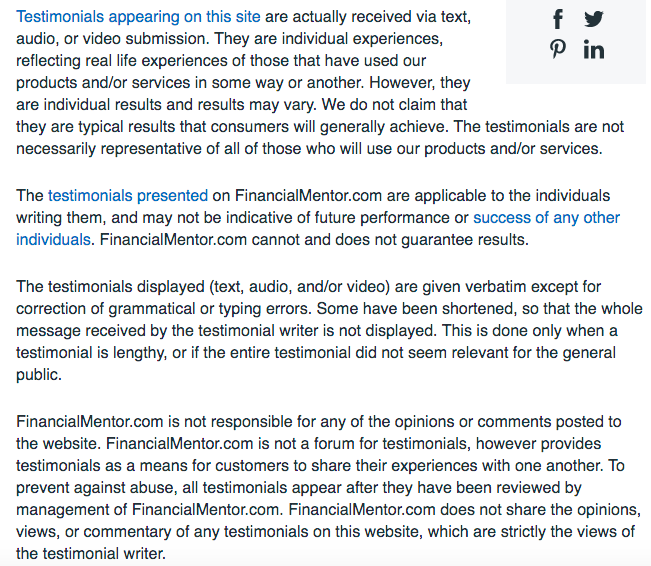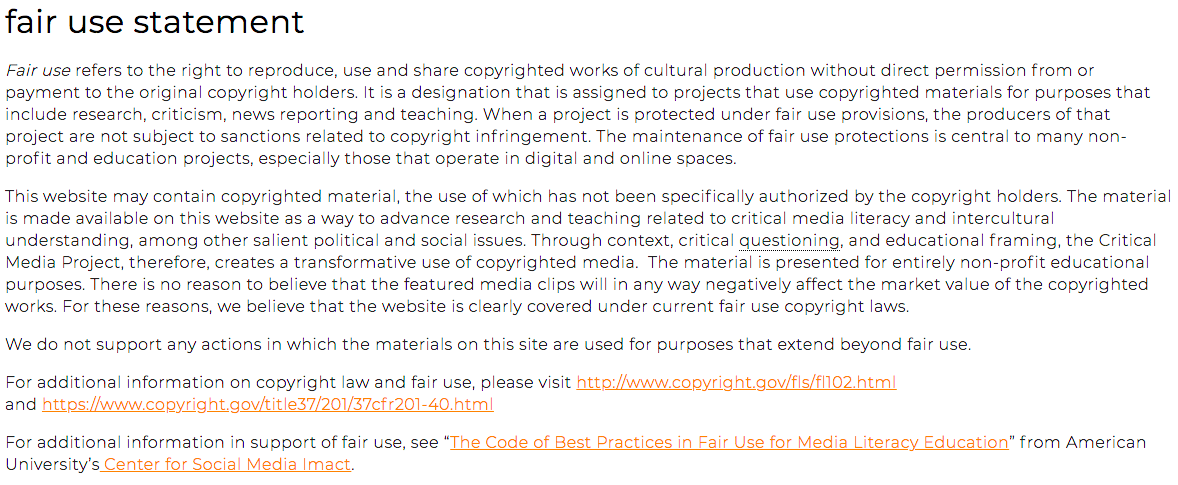10 Disclaimer Examples

Owning a business comes with risk, but you want to limit unnecessary risk wherever possible. A disclaimer is a simple statement that may dramatically impact your legal liability. Including one on your website footer, products, or client agreements can go a long way toward protecting your business. Here’s a guide to these statements.
What is a Disclaimer Statement?
A disclaimer is a statement that specifies or places limits on a business or individual’s legal liability. For example, a company’s disclaimer statement may state that they cannot be held responsible if their products or services are used without following instructions in the owner’s manual. They can also be used to limit an individual’s liability when sharing tips or opinions. Some disclaimers are required by law, while others are just a good idea to prevent lawsuits or disputes. You can also create a funny email disclaimer if you don’t want to take yourself seriously.
How do I Write a Disclaimer?
Disclaimers should be clear, concise, and general. So they should be easy to write. Just specify the limits of your professional responsibility or liability. You can also use a disclaimer generator tool or template to start. Then input your specific information to make it applicable to your business.
Types of Disclaimer
There are several types of disclaimers that are applicable to various individuals and businesses. When crafting your own, it helps to be specific in your searches. For example, search “trigger warning disclaimer examples,” “email disclaimer examples,” “product disclaimer examples,” or “views expressed disclaimer examples” instead of browsing through tons of generic templates.
Here are some of the most common types of disclaimers:
- Responsibility disclaimer
- Fair use disclaimer
- Past performance disclaimer
- Copyright disclaimer
- Warranty disclaimer
- Risk disclaimer
- Medical disclaimer
- Errors or omissions disclaimer
10 Disclaimer Statement Examples
The type of disclaimer you include on your website or other materials depends on your business and the type of liability you want to avoid. Here are some types of common disclaimers.
1. Testimonial Disclaimer
A testimonial disclaimer specifies that the experiences or results shared in a testimonial are not guaranteed. A disclaimer protects the business from unhappy clients who may believe they were promised certain results.

2. Affiliate Disclaimer
An affiliate disclaimer lets anyone using your website know that you may share links from affiliate companies. A disclaimer lets customers know that you earn a commission from these sales, allowing them to make informed buying decisions.

3. Trademark Disclaimer
Including trademarked product or brand names on your website or marketing materials may be misleading. A trademark disclaimer specifies that you are not affiliated with these other brands.

4. Copyright Disclaimer
A copyright disclaimer states that certain elements of a business, website, or other materials are protected by copyright. This may include things like photos or text within a website or app. It may also lay out how others can and cannot use these materials.

5. Views Expressed Disclaimer
A views expressed disclaimer is often used when an individual or group shares opinions within a forum associated with a business. Many organizations require or encourage employees to use these disclaimers when sharing views online.

6. Warranty Disclaimer
Warranty disclaimers state that a product or service, or any information provided by a company, is not protected by warranty.

7. Fair Use Disclaimer
U.S. law allows some copyrighted material to be used without permission if it is for education, criticism, or commentary. This type of disclaimer states your use of this material and specifies that you don’t have direct permission from the copyright owner.

8. Errors and Omissions Disclaimer
Those who share professional advice online may be vulnerable to errors and omissions lawsuits. These are especially common with things like legal advice or investment advice. These disclaimer types limit your liability if someone suffers damages due to your guidance.

9. Past Performance Disclaimer
If you share successes on your website, some could construe that as a guarantee. This disclaimer of liability states that you cannot guarantee those results.

10. Legal Disclaimer
Sharing legal advice online can open you up to lawsuits. This disclaimer states that your content is for general informational purposes so you cannot be held responsible.

Disclaimer Template
Every disclaimer type should include specific information related to the business. But a template can help you get started. Here’s a general outline you can fill in.
The information on this website is for general informational purposes only. [Business name] makes no representation or warranty, express or implied. Your use of the site is solely at your own risk. This sitee may contain links to third party content, which we do not warrant, endorse, or assume liability for.
Do I need a disclaimer?
Most businesses and websites can benefit from a disclaimer. They are especially useful if you include any copyrighted material or share professional advice or personal views.
Where do I put my disclaimer?
For a disclaimer to be legally viable, it must be visible to users. Many businesses put them in their website footer, a separate page, product pages, or in their terms and conditions agreement.
Image: Depositphotos
This article, "10 Disclaimer Examples" was first published on Small Business Trends

















Post a Comment